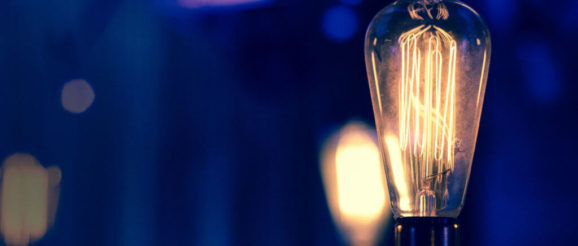The Innovation Process

Why Innovate?
At Resonance, we are in the business of solving significant global challenges in frontier and emerging markets. Whether delivering remote connectivity, mitigating human rights issues, or increasing the productivity of worldwide supply chains, we know that worthwhile, sustainable solutions demand a high degree of innovative thinking, along with creative, on-the-ground problem solving. With that in mind, we have put considerable thought into how we innovate at Resonance and how we help grow that skill set—and mindset—in our employees.
The resulting Innovation Process framework is outlined below. Our approach combines creative thinking with robust project management and rigorous analysis. We want our employees to learn new skills and approaches while having fun exploring new opportunities with their teams. With more than 70 staff members worldwide and with offices in Vermont, Washington, DC, Seattle, and Manila, it is also important for Resonance to have a structure and a process that can unite our global teams in pursuit of fresh innovations and new ways of doing business. To achieve this goal, we use a framework that helps to establish a formal structure and process for moving ideas from generation to implementation.
The Innovation Process
The Innovation Process is a seven-phased, stage-gated framework that fosters the emergence of a broad range of ideas and enables ideas to fail fast. Each stage gate is an opportunity to evaluate the idea and to engage staff before moving forward. These six phases include Discovery, Landscape, Market Sounding, Analysis, Explore/Test/Stop, and Invest.
The Discovery phase uses technical engagements, innovation tournaments, and human-centered design training to provide Resonance staff with the skills, resources, and time to develop innovative ideas.
The Landscape phase offers the opportunity to dig deeper into the challenge, investigate the landscape of potential solutions, and hone in on hypotheses. Our staff engages in a range of activities, including desk research and expert interviews.
Market Sounding
The Market Sounding phase takes our team into the field. Resonance employees are given time and budgets to support attendance at events, host co-creation workshops, network with key stakeholders, and pull together early concepts that can be market tested.
The Analysis phase requires that teams engage with a variety of tools to evaluate the opportunity. These could include a Strengths, Weaknesses, Opportunities, and Threats (SWOT) analysis, Porter’s Five Forces, or a situation analysis.
With potential budget implications and impacts on the core business, the CEO plays an active role in assessing the viability of an innovation program that passes through Stage Gate 3, after the Analysis phase. At this stage gate, we hold discussions to consider and explore what additional information is required for the idea to pass, which category it should flow to next (Explore, Test, or Stop), and what the ideal timing would be.
Explore/Test/Stop
When an innovation program enters this phase, it is either labeled as Exploratory, in which case Resonance commits to more investigation; Testing, where we provide the necessary resources and commitment to move ahead; or it is Stopped, and we capture our learnings, share insights, and shelve the program for the foreseeable future.
If the program moves into the Test phase, the core innovation team remains involved, but there is generally a shift in key responsibilities. At Resonance, we don’t believe that innovation programs should “pass over the fence” but that they instead should include a trail of responsibility change to ensure that learnings are incorporated, client insights are captured, and the vision is shared with the execution team.
After a designated test period, the combined team makes a recommendation on whether the company should invest in building out the new product or service.
The CEO makes the decision to invest, with support from her executive team and relevant outside subject matter experts.
Through the use of this Innovation Process framework, Resonance staff can plan, measure, and test new ideas to solve problems for clients, partners, and projects—weaving innovation into our core culture, so that we can better serve our clients, ensure longevity for our firm, and create lasting social, economic, and environmental impacts in frontier and emerging markets around the world.
